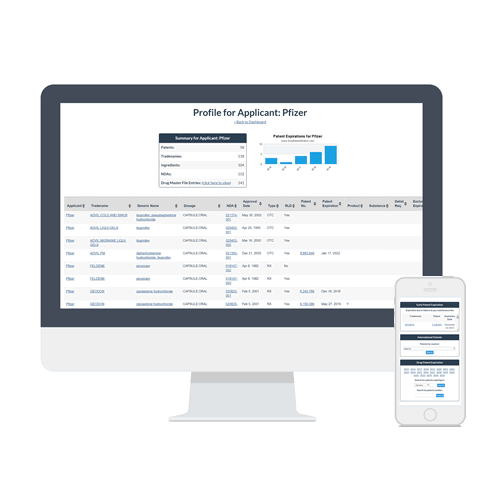
To find low-competition generic drug opportunities, focus on drugs with limited competition due to small patient populations, complex formulations, or being the first-to-market after patent expiry. Here are some detailed strategies and key performance indicators (KPIs) based on the search results:
Table of Contents
Target Small Patient Population Drugs
Over 500 brand drugs lack generic competition, often because they treat rare diseases with small patient populations, making them less lucrative targets for generic manufacturers[3][4].
Strategies:
- Analyze disease prevalence data to identify drugs treating rare conditions
- Prioritize drugs with high pricing power due to lack of alternatives
- Consider drugs that are difficult to manufacture economically at large scale
KPIs:
- Number of patients treated
- Revenue potential based on pricing and market size
- Manufacturing costs and minimum viable scale
Develop Complex Formulations/Delivery Systems
Drugs with complex delivery methods like injectables, inhalers, or specialized formulations have traditionally faced less generic competition[5]. The FDA is now facilitating entry of “complex drug” generics[1].
Strategies:
- Invest in R&D capabilities for complex formulations/delivery systems
- Leverage specialized chemistry or manufacturing expertise[1][5]
- Target newly off-patent complex drugs as first generic entrant[4]
KPIs:
- Time-to-market as first generic competitor
- Manufacturing capabilities for complex products
- Projected market share capture as first mover
Pursue Long-Term Supply Contracts
Establishing long-term supply contracts with drug distributors can provide demand predictability and incentivize market entry/retention for generic manufacturers[2].
Strategies:
- Negotiate long-term contracts with major drug distributors
- Leverage contracts to reactivate dormant generic approvals
- Utilize tax incentives for long-term generic supply commitments[2]
KPIs:
- Value and duration of supply contracts secured
- Number of contracted distribution channels
- Utilization of tax incentives for supply commitments
By focusing on drugs with small patient populations, complex formulations, being first-to-market, and securing long-term supply contracts, generic manufacturers can identify and capitalize on lower competition opportunities[1][2][3][4][5].
Citations:
[1] https://www.drugpatentwatch.com/blog/opportunities-for-generic-drug-development/
[2] https://jamanetwork.com/journals/jama/fullarticle/2467992
[3] https://www.tayanasolutions.com/the-challenges-and-opportunities-for-generic-drug-makers/
[4] https://www.pewtrusts.org/en/research-and-analysis/issue-briefs/2019/02/fda-approves-more-generic-drugs-but-competition-still-lags
[5] https://www.ncbi.nlm.nih.gov/pmc/articles/PMC8452364/


